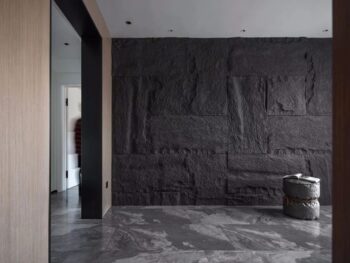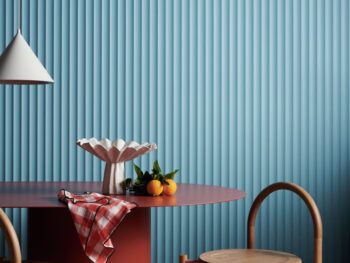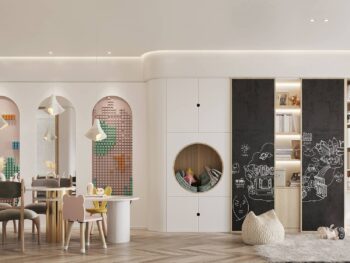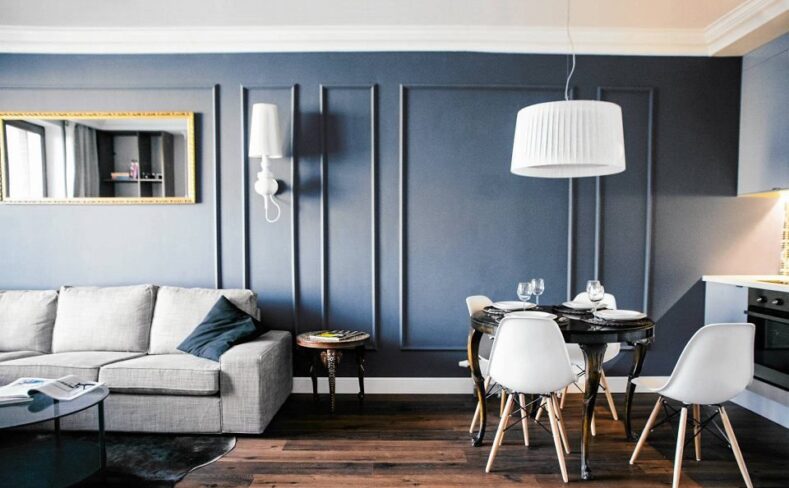
7 Popular Wall Decor Design Styles to Beautify Your Walls
You can’t put it down when you see it, but how much do you know about decorative shapes? In fact, naming each one can present challenges. Cove or casing, dentil or architrave? Distinguish the types of styling most commonly used in homes today and discover which style might be right for your abode. Protect your walls with these types of moldings, and they look gorgeous too! Although several terms pop up when discussing wall trim, the concept is a simple one— decorating walls and corners.
Today’s builders often overlook this feature due to cost concerns. But wall trims transform a room into one with character and charm. This technique isn’t just for making your walls pretty. It also has a functional purpose. So let us take you through the different types of molding designs and how they can help your walls.
1. Casing
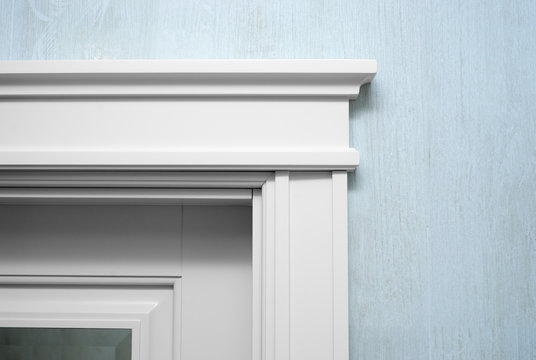
Source: https://stock.adobe.com/door-molding
Casing, designed to cover unfinished gaps between a wall and a door or window frame, are a fairly common wall trim. It’s especially useful when the window is not parallel to the floor or wall, and gets the job done without the expense of renovations. Although it’s easy to find different variations of jamb styles, frames typically span two to three inches across.
A casing is a form of molding that closes the gap between a wall space and a door or window. Casings are usually 2 to 3 inches wide. There are countless casing profiles such as Colonial, Stafford, Windsor, Belly and Ranch. The Ranch style is the more modest shell of the styles listed, but thanks to its slightly curved design, it’s perfect for a simple look. Colonial style is the more classic and traditional casing that many people tend to choose.
In addition to deciding which styles to go with, there are a few materials to consider. Paint-grade woods are often made from poplar and pine and work well with simple styles like Ranch. It’s bare wood, so it may need to be primed before painting, unless it’s pre-primed. If your home is damp, stain grade wood such as oak, maple, and mahogany is perfect because it won’t warp. Made of resin and wood chips, multi-density fiberboard (MDF) is inexpensive and durable. MDF moldings are easy to install but difficult to decorate since they don’t have such sharp corners.
2. Cove
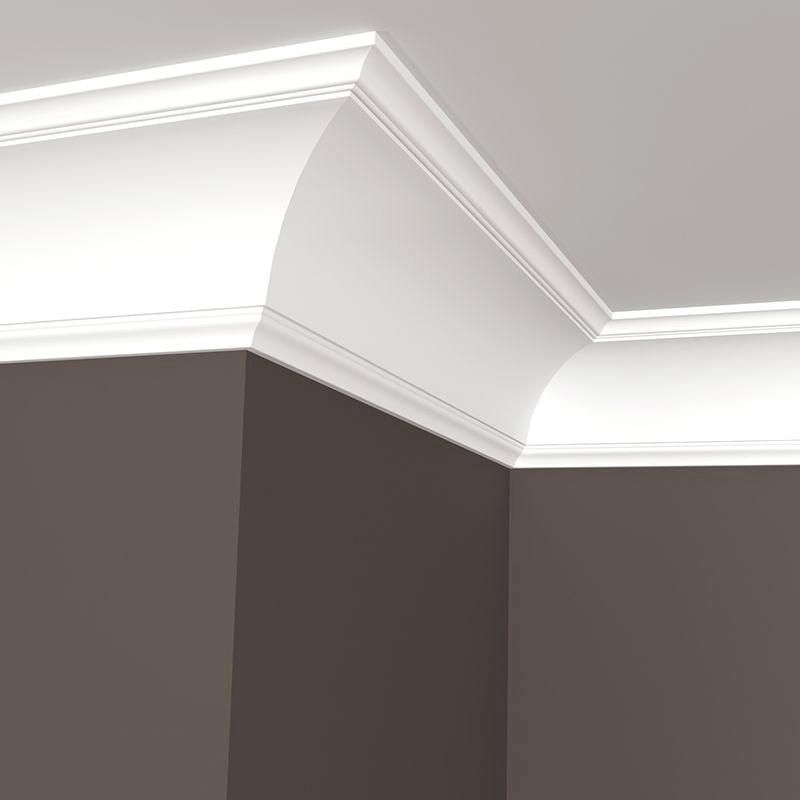
Source: https://www.pinterest.com/wall-trim-cove
Coving is a concave plain trim, usually with some stepped detailing, but nothing more. For such a subtle wall molding, the arc is a neat trick to add a sense of vertical height and make the room look grander. Coving can be left white or painted a contrasting color for dramatic effect. Also known as cove molding, cove molding is the common concave trim employed where walls and ceilings meet. It can also be used on stairs, where risers and treads meet. Essentially, the bay might be considered a less flashy version of the crown.
Cove moldings are similar to crown moldings in that they are placed directly below the ceiling. The concave shape is smooth and “C” shaped. They are used as transitions between walls and ceilings, creating a simple, curved look. Cove molds come in a variety of widths, even as narrow as ¾ inches, making them a great choice for certain woodworking uses.
These types of wall trims are used to add simple accents to your home, especially in areas that already have fine details. If you want them to stand out, you can paint them a bold color or install a more subtle curved shape. Although they are located in the top corners, they can also be used in the bottom corners of the room. It also makes any room appear larger and can add value to your home should you decide to sell it.
Tips
Molding helps hide any uneven architectural lines in your home. It also creates the illusion of higher ceilings and larger spaces. For compact homes, a simple design is ideal so as not to overwhelm the room.
3. Dentil
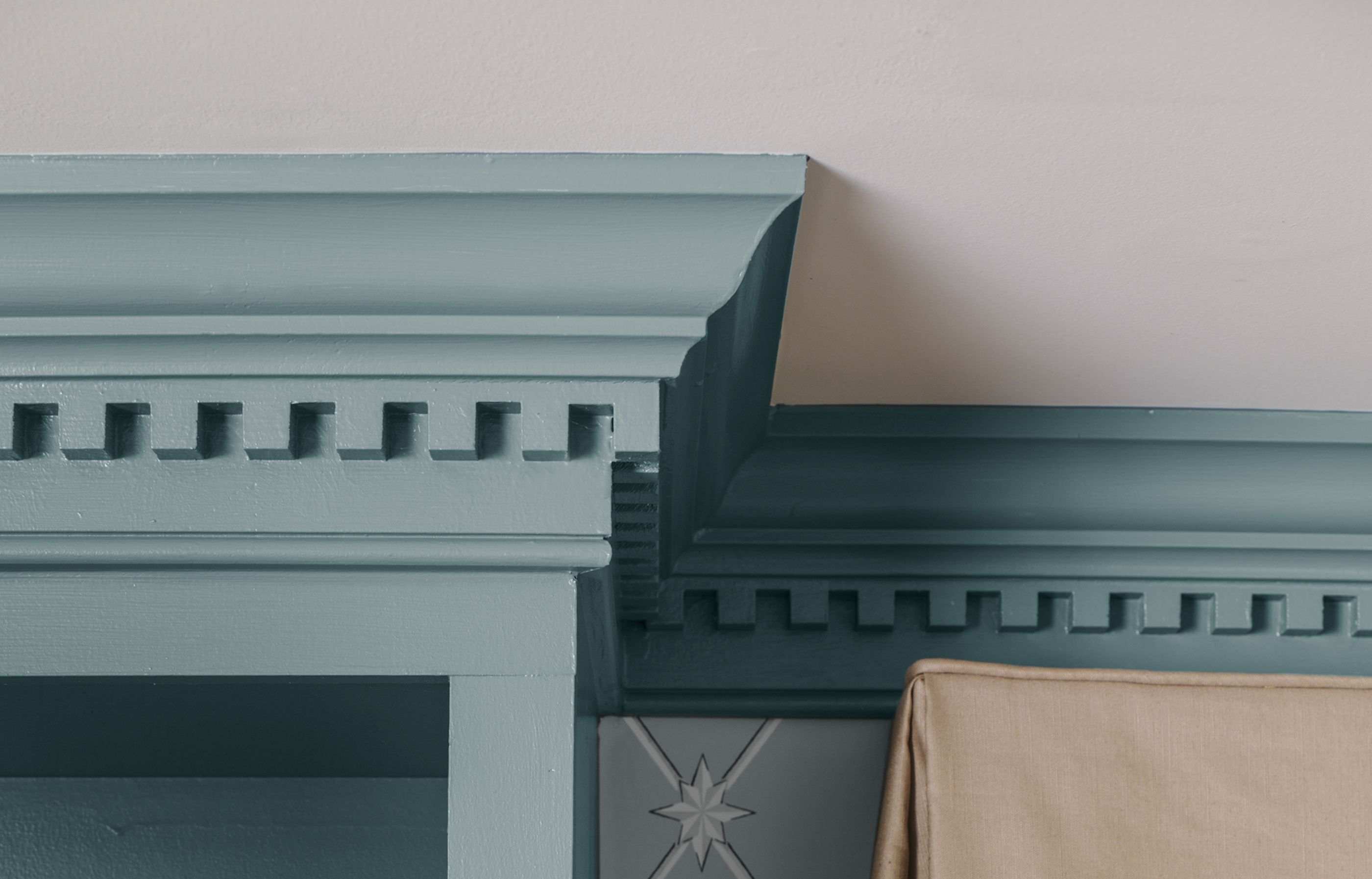
Source: https://www.pinterest.com.au/dentil-wall-trim
Dentil molding, a decorative detail of classical origin, the dentil molding consists of evenly spaced nubs in a repeating pattern. Incorporated into crown molding, denticles are often found in historic homes.
Dentil molding originated in Greek architecture as a tooth-like block decorative pattern. Dentil is often built into crown molding and can be found in historic homes, especially Victorian homes, both internally around doors and ceilings, and externally along the roofline. Dentil is a higher end application because it is more expensive to produce and it is labor intensive to install. Each block must be carefully cut and measured, then placed individually.
4. Egg-and-Dart
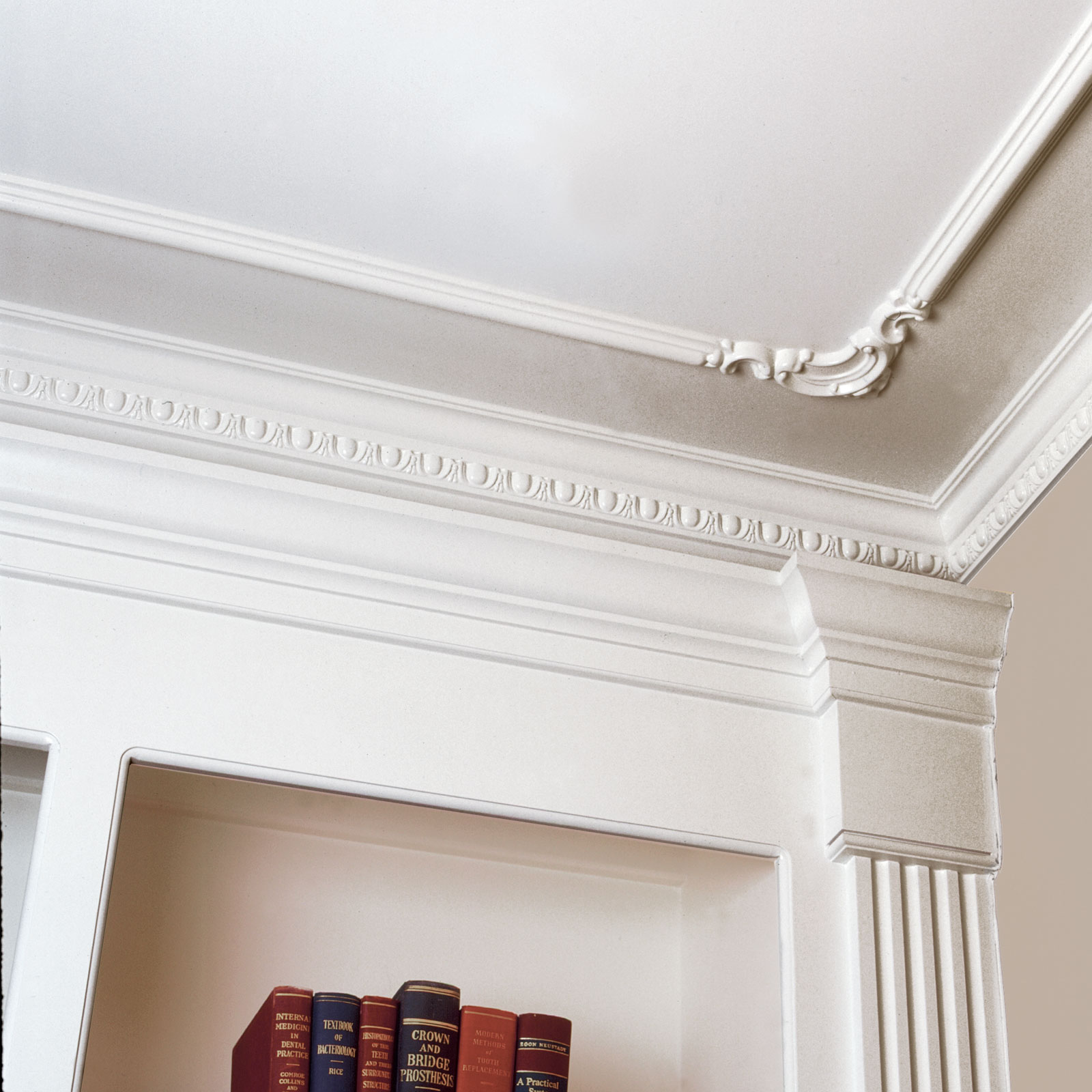
Source: https://morethanmoldings.com/egg-and-dart-crown-molding/
Mostly seen with crowns or chair rails, the egg and dart figure consists of an oval egg shape, modeled after ancient Greek stencil decoration, alternating with chevron darts. Available at Home Depot, $18.72.
To identify this molding, look for egg-shaped ovals dotted with arrows, anchors, or chevrons on the ceiling. Eggs and darts (also known as eggs and tongues) are a decorative detail often used with crown molding. Other intricate designs likewise include mouse leaves and rope details.
5. Architrave
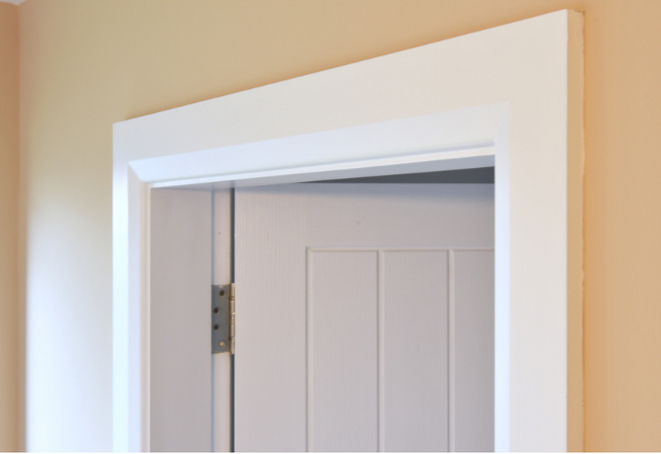
Source: https://www.samonline.co.uk/what-is-architrave/
After installing many different moldings to your home, an architrave (a decorative piece placed over windows and doors) can hold your entire home together. Fascias can grace a bare door because they add some decorative detail. They conveniently hide any seams, seams or gaps in the window or door frame where the stucco is placed.
Different styles of architrave from different periods can be placed above the door, such as: Colonial, Victorian, Federal, and Art Deco, to name a few. Architraves are also made from a variety of materials such as hardwoods, softwoods, and lumber. Some common woods used to make architraves are pine, oak, western red cedar, meranti, kin dry hardwood, and finger-jointed pine. If you live where you experience extreme hot or cold temperatures, consider using MDF, which won’t shrink or warp like wood.
6. Batten
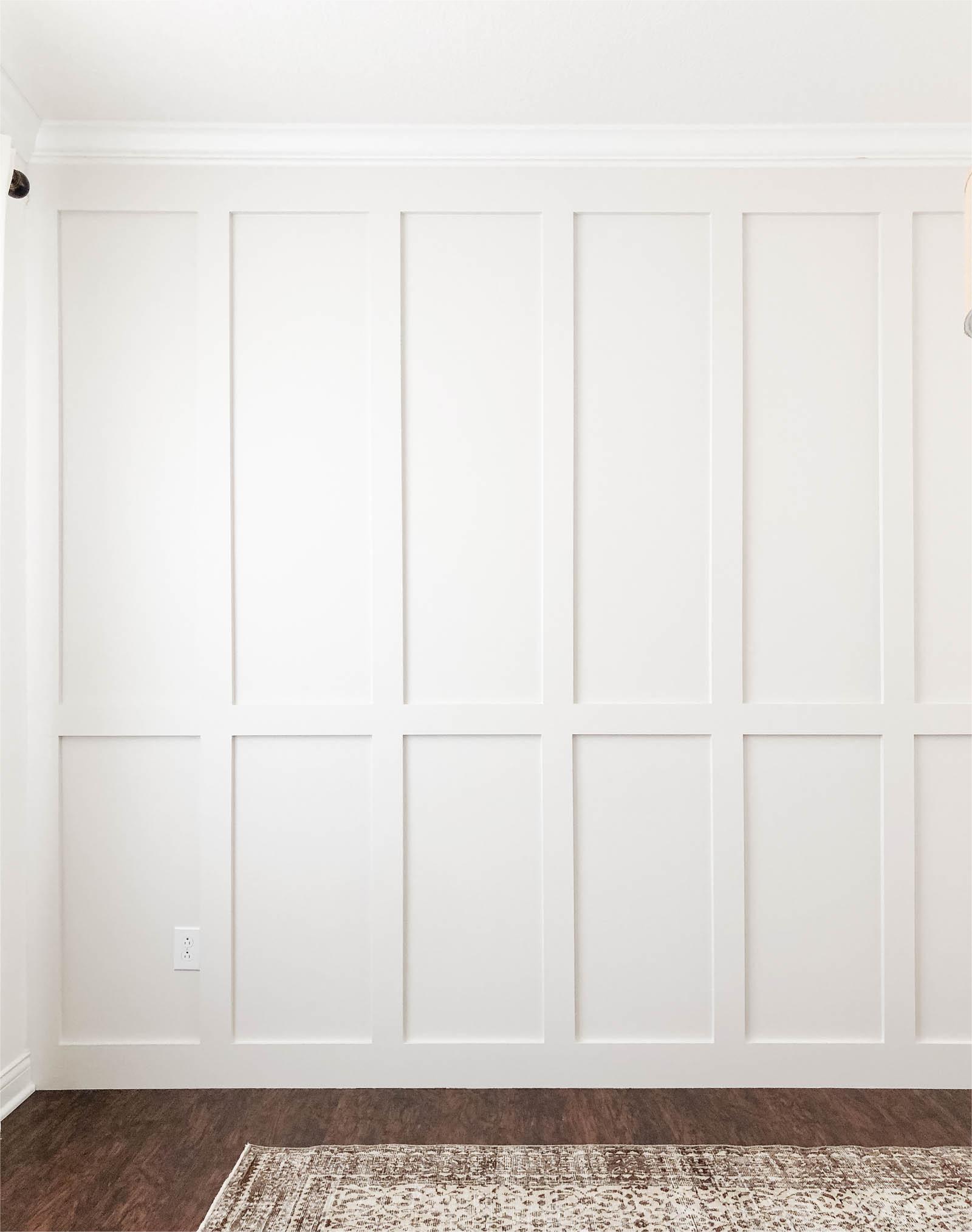
Source: https://caitlinmariedesign.com/board-and-batten-accent-wall/
Batten, also known as batten and batten, is a wall ornament used to hide the seam between two panels.
7. Bead, Pearl
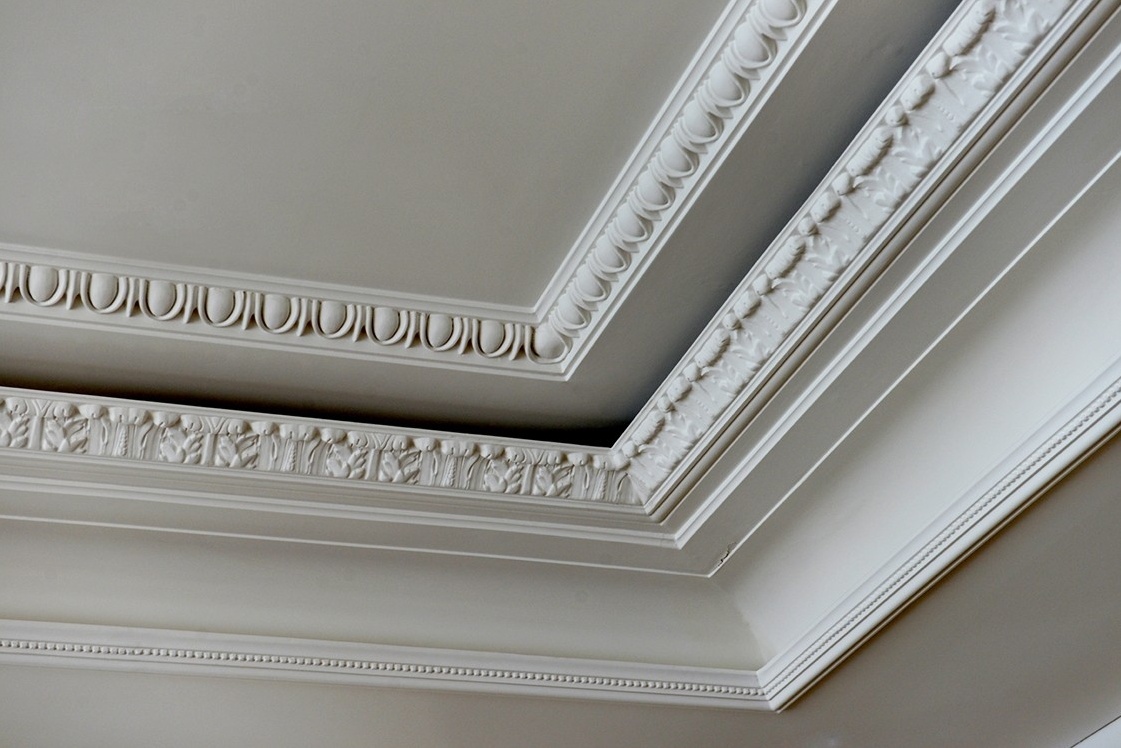
Source: https://www.homebagus.my/wall-trim-bead-pearl
Beadwork and pearl molding are two different but very similar types of decoration. Both have a row of small symmetrical spheres. Often paired with other designs (leaves, darts, or spindles), this look is often paired with a crown or chair rail.
Follow George Panel for more updated wall decoration information.
Quick Quotation

